Darzalex 400 Mg Injection (daratumumab) is a monoclonal antibody designed to target the CD38 protein, which is highly expressed on the surface of multiple myeloma cells. By binding to CD38, Darzalex helps the immune system identify and destroy these cancerous cells.
Indications:
Darzalex is approved for the treatment of adult patients with multiple myeloma:
- In combination with lenalidomide and dexamethasone for newly diagnosed patients ineligible for autologous stem cell transplant, and for those with relapsed or refractory multiple myeloma who have received at least one prior therapy.
- In combination with bortezomib, melphalan, and prednisone for newly diagnosed patients ineligible for autologous stem cell transplant.
- In combination with bortezomib, thalidomide, and dexamethasone for newly diagnosed patients eligible for autologous stem cell transplant.
- In combination with bortezomib and dexamethasone for patients who have received at least one prior therapy.
- In combination with carfilzomib and dexamethasone for patients with relapsed or refractory multiple myeloma who have received one to three prior lines of therapy.
- As monotherapy for patients who have received at least three prior lines of therapy, including a proteasome inhibitor and an immunomodulatory agent, or who are double-refractory to these agents.
Administration:
Darzalex is administered as an intravenous infusion. The recommended dose is 16 mg/kg of actual body weight, following a specific dosing schedule based on the treatment regimen. Premedication is advised to minimize infusion-related reactions.
Alternatively, Darzalex Faspro, a subcutaneous formulation combining daratumumab with hyaluronidase, is available. This form is administered as a subcutaneous injection over approximately 3–5 minutes, offering a more convenient administration option.
Common Adverse Reactions:
The most frequently reported adverse reactions (incidence ≥20%) include:
- Upper respiratory tract infections
- Neutropenia
- Infusion-related reactions
- Thrombocytopenia
- Diarrhea
- Constipation
- Anemia
- Peripheral sensory neuropathy
- Fatigue
- Peripheral edema
- Nausea
- Cough
- Pyrexia
- Dyspnea
- Asthenia
Patients should be monitored for these reactions, and appropriate measures should be taken to manage them.
Conclusion:
Darzalex represents a significant advancement in the treatment of multiple myeloma, offering various administration options and combination therapies to address individual patient needs. Healthcare professionals should consider patient-specific factors when determining the appropriate treatment regimen.

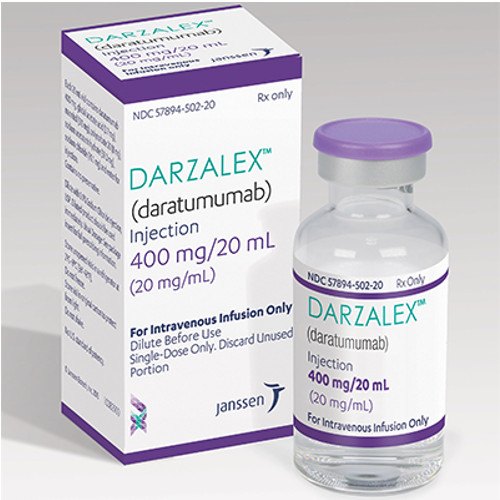
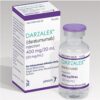
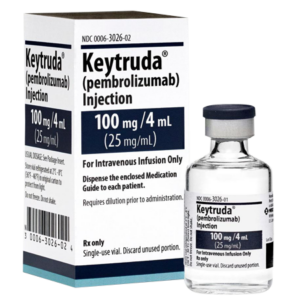
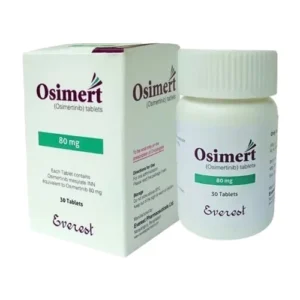
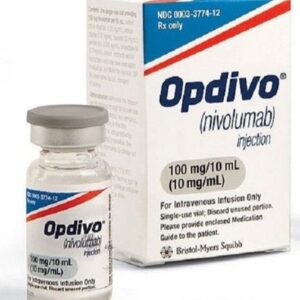

Reviews
There are no reviews yet.